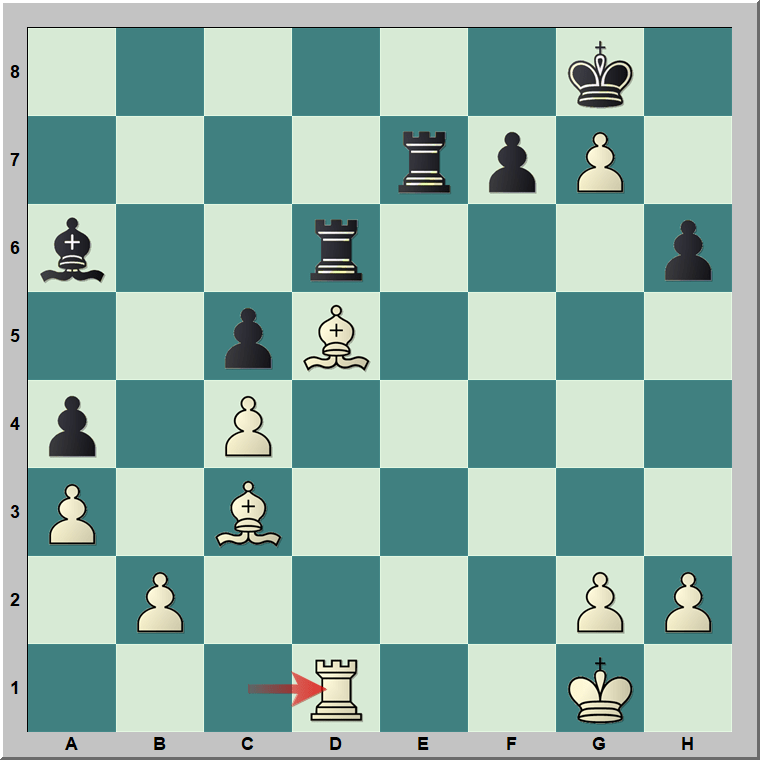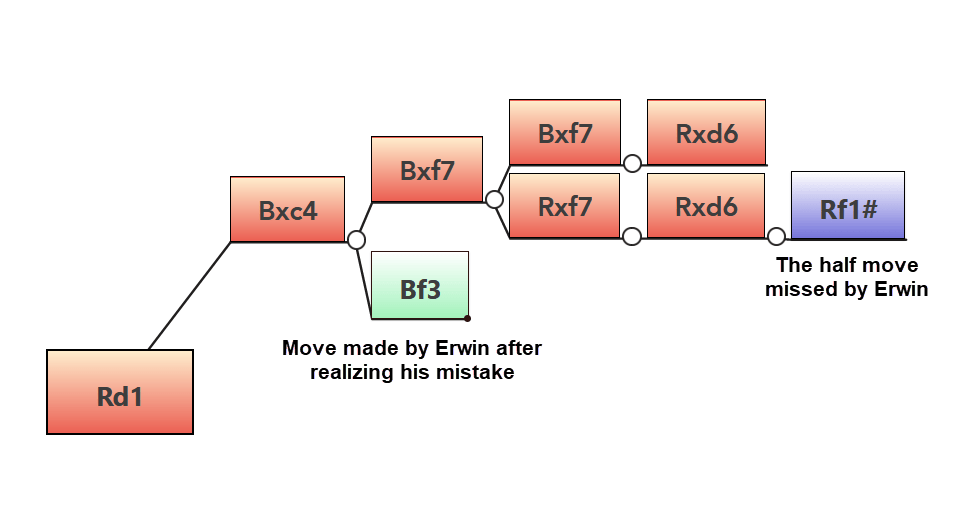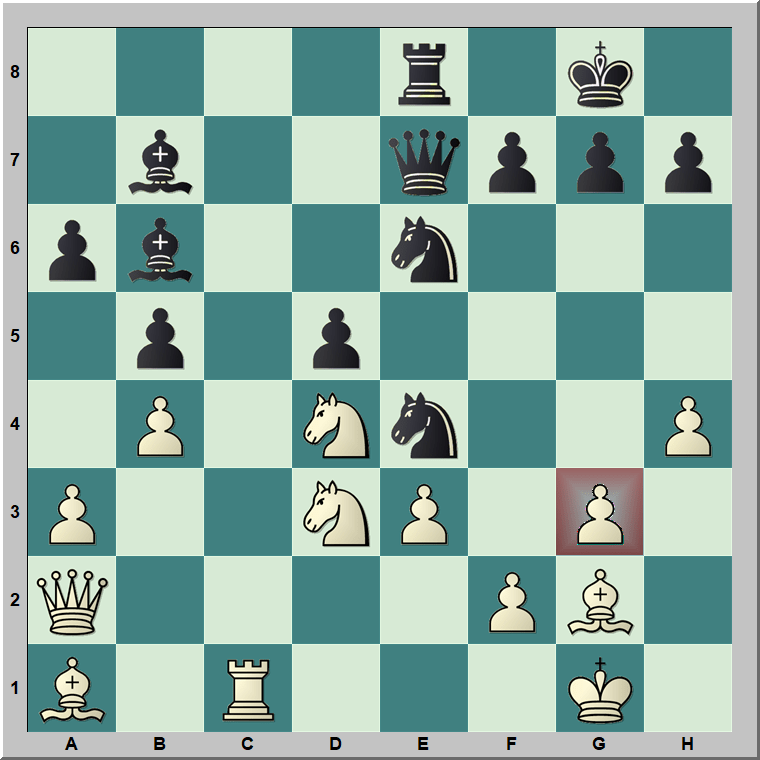Here’s a tricky position to get the ball rolling. It’s a simple position and easy to understand, which makes you go “OMG” every single move.
So, you think the first Rook move that pops into your mind is winning? No? Did you find the pin that pins the pin? Well done! But if you look closely, you’ll figure out there’s another pin in this position.
In chess one move denotes one white move and one black move, which means that in the above position, your evaluation of the position changes like a pendulum every half move!
Got it?
In practical play, it makes a lot of difference, even in higher levels of professional chess. In the 2006 Chess Olympiad at Turin, Italy, the following position appeared between India’s GM Adhiban and Netherland’s Erwin L’Ami. After a bit of thinking Erwin player Rd1. Now, what do you think is the problem with this move? How will you continue?

[Take a few minutes to calculate this position. Black to play.
Spoiler below! ]
 I drew what chess players call an analysis tree for the variation. If you look closely, you’ll notice that Erwin’s hasty calculation missed out on the move highlighted in blue. After realizing his mistake, he played Bf3 (move highlighted in green).
I drew what chess players call an analysis tree for the variation. If you look closely, you’ll notice that Erwin’s hasty calculation missed out on the move highlighted in blue. After realizing his mistake, he played Bf3 (move highlighted in green).
In the 2016 World Candidates chess tournament, the same error in judgment occurred in the game Nakamura Vs Karjakin. Black (Nakamura) had a comfortable but slightly complicated position (below). He decided to sacrifice his knight on g3 and win material after several moves. It’s an error that eventually helped Karjakin win the tournament and become the World Championship challenger. If Nakamura had managed to win this game, it would have been a three-way tie between Karjakin, Caruana & Anand at the end of the tournament.

Will you play Nxg3? Serious players can take a few minutes to calculate this position before scrolling below.
[Spoiler below! Watch out]
Nakamura calculated a five-move variation and figured that taking on g3 could be worth the risk, but Karjakin calculated a little deeper, say half-a-move more than Nakamura, and refuted the sacrifice!

The lesson that we should be taking from this blog post is this… Never miss out on your opponent’s ideas. Try to calculate half-a-move ahead of your opponent! And it makes all the difference 🙂
Here’s a great book to get you started on the concept of finding your opponent’s idea:
Recognizing Your Opponent’s Resources: Developing Preventive Thinking by Mark Dvoretsky (Published by Russell Enterprises). For Purchase & Free book sample, click the link below.
We hope you enjoyed reading this blog!
See you next time,
Arun, from Forward Chess team.
- Dark Mode is now live on Web Reader - April 30, 2024
- Book Review: Tal Botvinnik 1960 - April 24, 2024
- Grandmaster Mistakes – Chess Psychology - October 27, 2021


